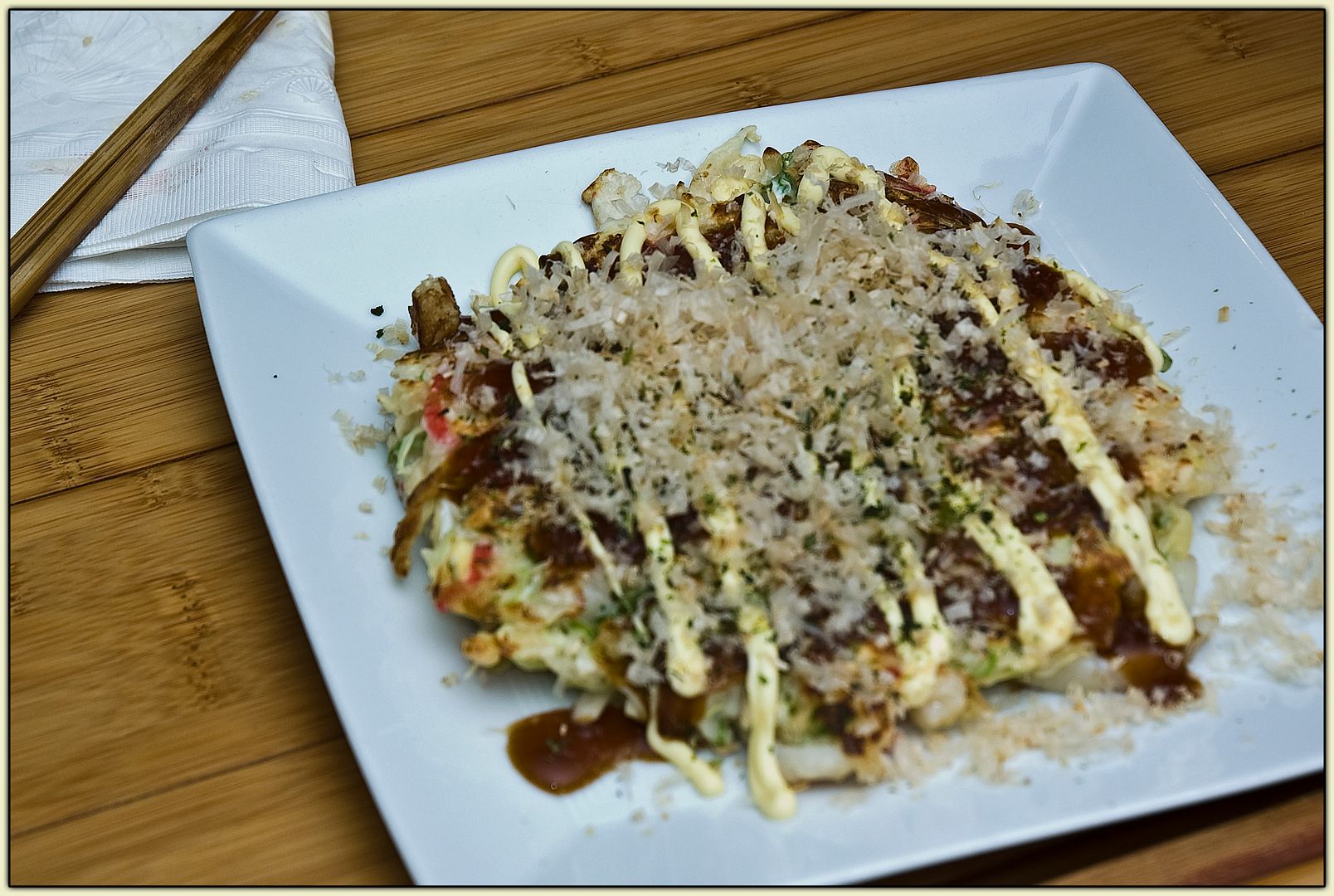The event was put on by the local Japan-America Society, the stated mission of which is to “promote mutual understanding between the people of Japan and the State of Georgia through establishing and promoting ties and programs in the areas of culture, customs, education, commerce and politics.” Food, I’m guessing, falls under the rough heading of “culture.”

Taka-san, our host and instructor.
Our host was Takao Moriuchi, AKA Taka-san, the chef/owner of the semi-eponymous Taka Sushi and Passion restaurant in Buckhead. Taka-san pointed out that of the over 1,000 Japanese restaurants in Atlanta, only about ten are actually owned by Japanese. The giveaway: If a sushi place includes the name of a Japanese city or a trendy part of Tokyo - “Ginza” or “Kyoto” come to mind - then it ain’t Japanese. (Japanese restaurant owners usually name their places after themselves; local examples include Hashiguchi, Sushi-Huku, Taka, and the now-defunct Soto.)
[Taka-san sends out what may be the most entertaining weekly e-mail ever, packed with info on what’s fresh at the restaurant and tips about healthy lifestyles and eating... all written in his own inimitable English. You can check out his blog, too.]
We watched as Taka-san made hot soba (thin buckwheat noodles) and cold udon (thick wheat-based noodles). Both are prepared in a broth made from water, konbu (a kind of seaweed), katsuobushi (dried bonito shavings), soy sauce, usukuchi shoyu (a milder version of soy sauce), shiro dashi (AKA white soy sauce), and mirin (a kind of sweetened sake) - the cold version has a skosh more soy sauce and mirin. Easy-peasy.
 |
| Gyoza! |
The results were not quite as beautiful and jewel-like when the rest of us made ours... but at least they held together for the steaming or pan-frying that finished them off. And they tasted just fine, dunked in a mixture of ponzu sauce and chili-sesame oil.
The part I had been looking forward to most, though, was okonomiyaki.
Along with Elder Daughter, I had tried okonomiyaki when we visited Hiroshima two years ago. It was delightful, an example of the kind of Local Food Specialty that has all but disappeared in this country. (Except maybe for the Evansville, Indiana fried-brain sandwich.) It is variously described as a Japanese pizza or pancake, but I think frittata - the thick Italian omelet - comes closer to the mark. I despaired of ever finding it in this country, until...
...Enter Taka-san, who happens to be a native of Hiroshima... and is the man who brought okonomiyaki to Atlanta. I had to hold myself back from doing a Happy Dance right on the table.
Okonomiyaki, loosely translated, means “whatever you want, grilled” - the closest Japanese equivalent to the “What’ll ya have?” cry of the Varsity counterman. The essential ingredients are tempura flour, egg, tenkasu (crunchy fried tempura dough nuggets), shredded pickled ginger, cabbage, green onion, and shiro dashi... and an especially heinous vegetable known as nagaimo - the Japanese mountain yam. When the raw yam is grated, it disintegrates into white mucilaginous spooge.
To this assemblage is added the main protein ingredient, generally some form of traif like shrimp, squid, or oysters - this last being an especial favorite in Hiroshima. You mix it all up in a bowl and throw it on an oiled griddle, making a thick pancake-like affair that you brown on both sides. The result is Osaka-style okonomiyaki. (In Hiroshima, the ingredients are layered: a flour pancake base, the yam/cabbage/onion/ginger mixture, some fried noodles and/or bean sprouts, and then a thin egg omelette on top.)
Before serving it forth, you must apply the Requisite Decorations: a lattice-like squiggle of okonomiyaki sauce (a sort of thick, sweet version of Worcestershire), another squiggle of mayonnaise, a sprinkling of hanakatsuo (bonito shavings), and a dusting of aonori (powdered green seaweed). Then, and only then, are you good to go.
As I bit into my piece of okonomiyaki, I tasted the crunch of the cabbage, the savory warmth of ginger and onion, and the saltiness of the soy and shiro dashi... and I remembered a warm April afternoon two years ago, sitting across from Elder Daughter in a tiny restaurant in the midst of a city that had risen from the ashes.





















2 comments:
Now we're talking! Shrimp, oysters, or squid! Love the aonori looong time!!!
I absolutely love Japanese food! I can't imagine learning to cook it. A definite on my wish list...
Post a Comment